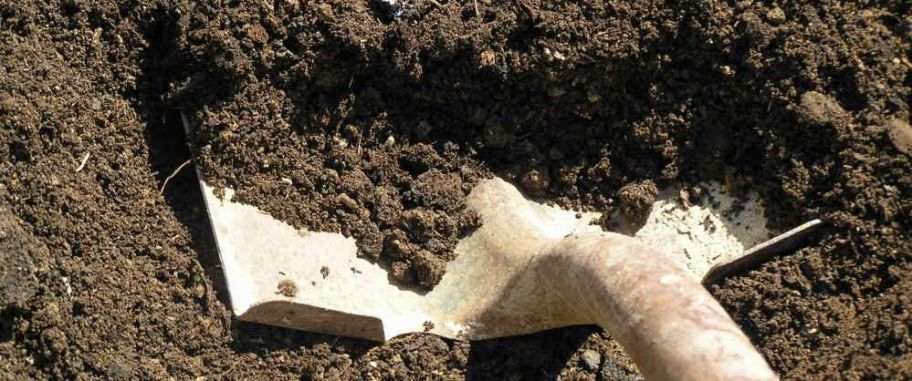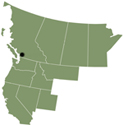
Installing Your Lawn
Removing the existing lawn
If you are replacing or repairing an existing lawn the first thing you need to do is remove the existing grass. This will prevent you from having an excessive organic layer in your soil and potentially impair drainage. You may wish to use a weed killer if your existing lawn contains unwanted grasses, to prevent them from coming into your new lawn. To remove the existing lawn, use a sod cutter or roto-tiller and remove the old grass to an off-site location.
Determining the grades
The next step would be to determine if you need to change the grades of your lawn to make it more user friendly or to correct drainage issues. It is important that you have positive drainage away from buildings and towards drainage outlets. When grading your lawn you may also need to consider leaving enough space for the addition of soil amendments if the quality of your soil needs improvement.
Quality topsoil & drainage
Next you need to ensure that you have quality topsoil to a compacted depth of 4" to 6”. We recommend using topsoil which has up to 75% sand content by volume. If your existing soil does not drain well you may wish to amend it with sand and roto-till it in. The sub soil below the topsoil should not be excessively compact as this can create drainage issues. In the case of limited surface drainage and compacted sub soil you may need to install drain tile.
Grading & compacting
Once you brought in the necessary topsoil or amendments you need to grade the topsoil. After spreading the soil you may want level it by dragging a wooden ladder or similar object to achieve a smooth surface. The grades should be kept 3/4” below the finished grade, such as sidewalks and borders. You can compact the soil with a water filled roller or else compacting it with your feet by tamping the ground. Once you have completed the finishing grading and compacting of the soil, it should be compact enough that you do not leave footprints.
Fertilizer
You can purchase starter fertilizer with your sod order or buy it at your local retail store, it will be called “Sod or Seed Starter” or similar. Apply the fertilizer at the recommended rates. Alternatively you can consider organic fertilizer sources. Fertilizer can be applied prior to installing the sod.
Installing your sod
On the installation day you want to make sure that you allow enough time to get the sod installed on the same day. Start by laying one row of sod around the perimeter of the area, then fill in the area by staggering the joints in a brick like laying fashion. Ideally you can start laying the sod along a long straight edge, lay the sod close together without leaving gaps or overlapping. If installing during or shortly after a rainfall you may wish to use planks or strips of plywood and avoid walking on the sod because the ground has become soft and will leave footprints which are difficult to deal with later.
Cutting edges
Use a sharp knife to cut the sod to tie in the edges, avoid gaps larger than 1/2”.
Rolling the sod
You may wish to roll the sod after installation however it is not required, our sod is sand or sandy loam based and therefore it will naturally lay flat as soon as water is applied.
Watering
Water is a critical aspect of the growing in your new lawn, you want to avoid both over watering and under watering. During warm weather you may need to start watering as soon as you have a section installed. Not watering enough will cause the sod to wilt and shrink, leaving gaps and dead spots. Over-watering will result in poor root establishment and potential die back and algae formation. Automatic sprinkler systems set on a timer can be a reason for over-watering, therefore regular monitoring of the water requirements are key. During the initial couple of weeks check by lifting up a corner of the sod and evaluate the moisture level and then water accordingly. It is recommended to water lightly and frequently initially and then as the roots take hold then go to a heavier and less frequent watering program. The initial program may be watering for about 10 minutes 2 or 3 times per day; during the daytime. As soon as the sod is rooted in, it is recommended to avoid day time watering but water early in the morning instead.


 Order
Order
